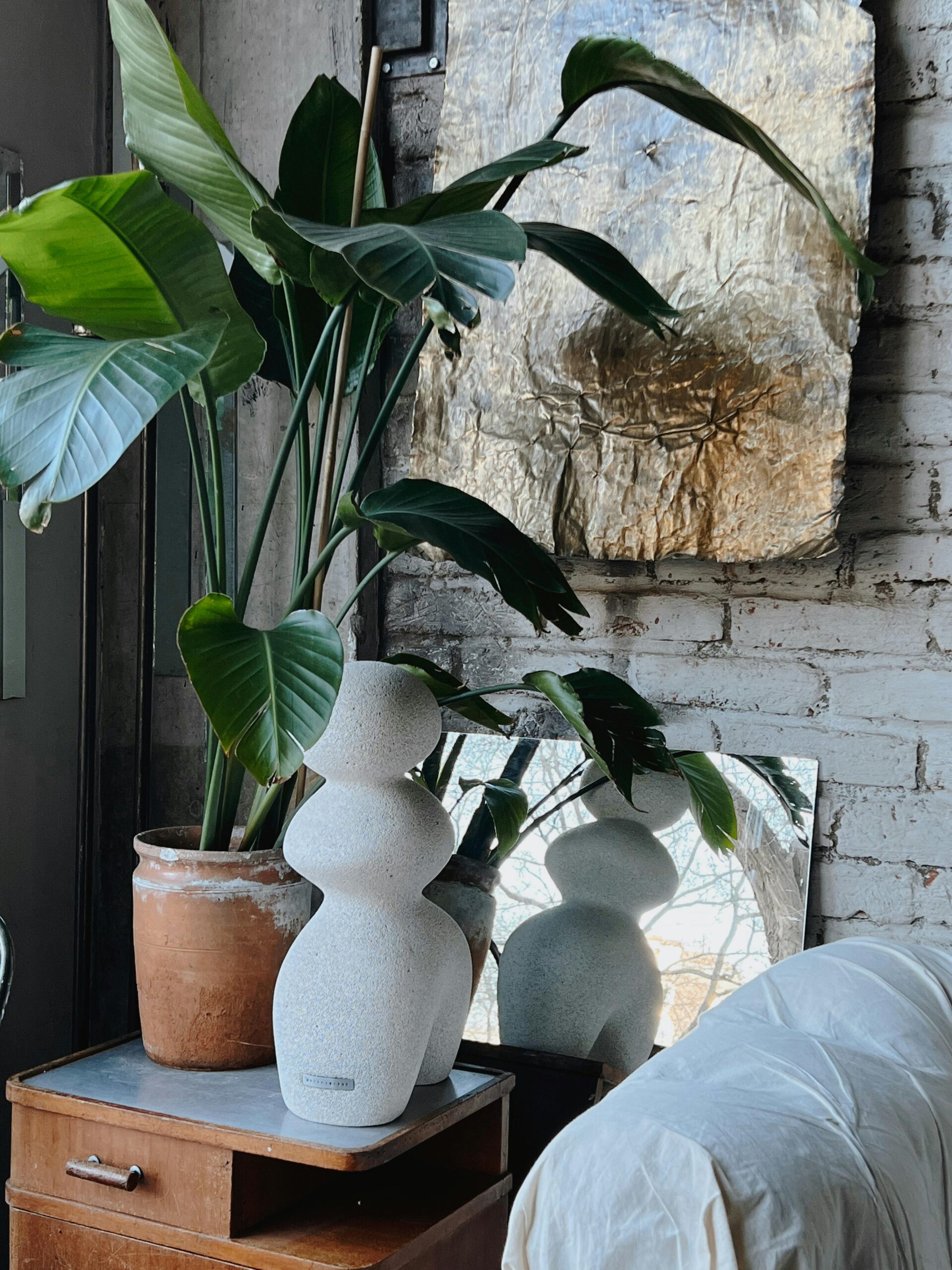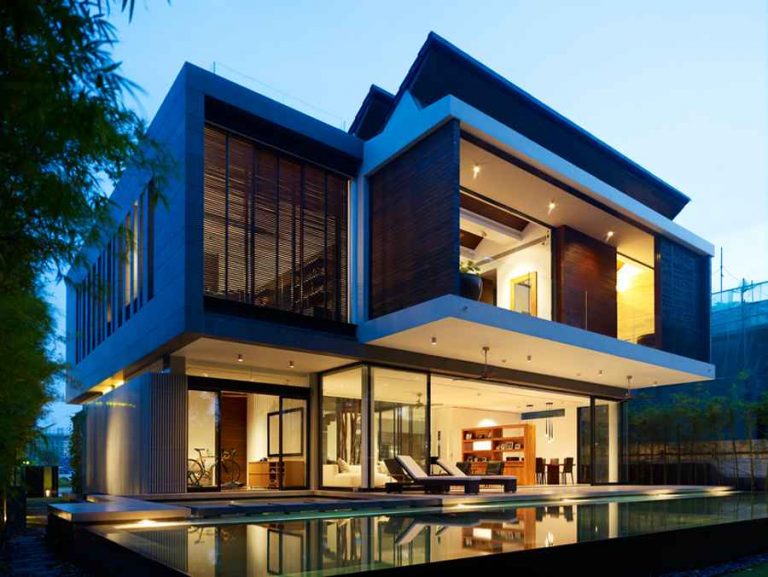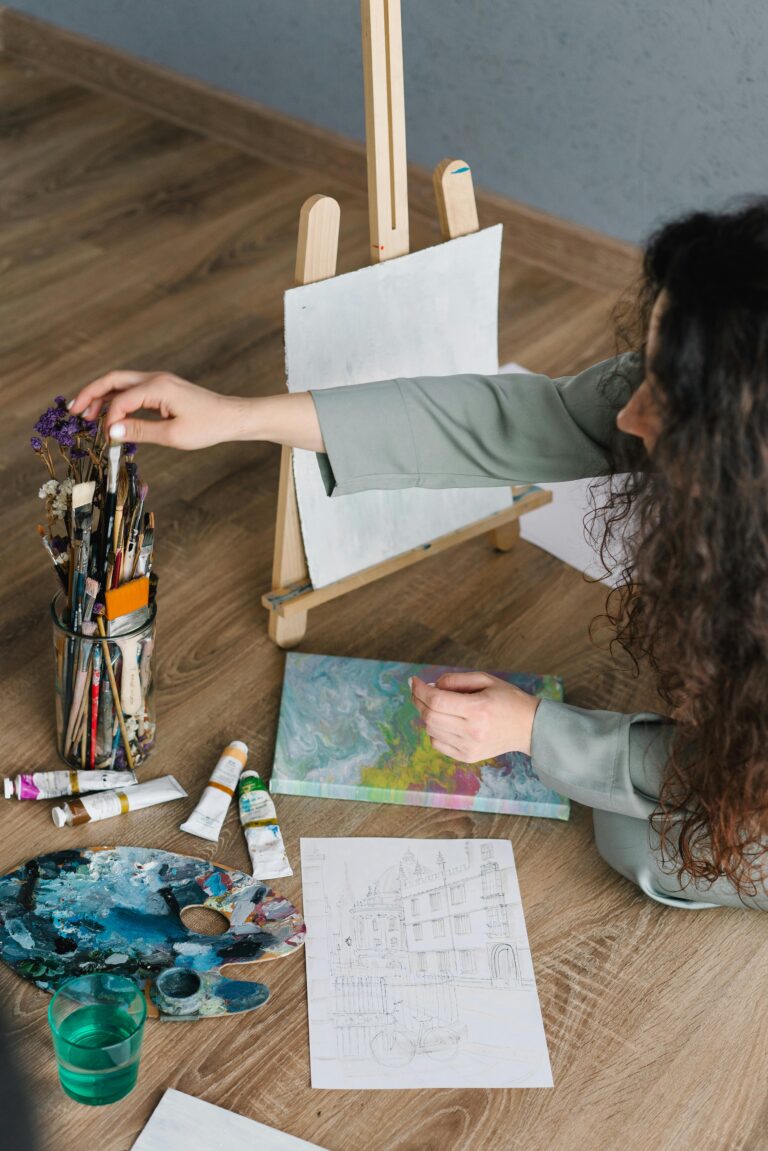Sustainable Interior Design: Eco-Friendly Furniture Trends for a Green Home
Sustainable Interior Design: Eco-Friendly Furniture Trends for a Green Home
The very definition of luxury is undergoing a profound transformation. In the world of high-end interiors, opulence is no longer measured solely by lavish materials or brand names. Today, true sophistication lies in consciousness, responsibility, and the thoughtful integration of beauty and ethics. Creating a green home is the new pinnacle of personal style, a declaration that your aesthetic is intrinsically linked to the well-being of the planet. This shift towards sustainable interior design is not a fleeting trend; it is a forward-thinking movement. It champions spaces that are not only visually stunning but also healthier for you and gentler on the environment. This guide will illuminate the path, exploring the tangible, eco-friendly furniture trends that empower you to design a home that truly matters.
The foundation of green design: materials matter
The story of any piece of furniture begins with its raw materials. Choosing sustainable materials is the single most impactful decision you can make for an eco-friendly interior. This is about looking beyond the surface and understanding the origin and lifecycle of what you bring into your home. The market is now rich with options that are as beautiful as they are responsible.
Reclaimed and salvaged woods
Reclaimed wood carries a history within its grain. Sourced from old barns, warehouses, and industrial buildings, this timber offers unparalleled character and depth that new materials simply cannot replicate. Each knot and imperfection tells a story. Beyond its rustic charm, reclaimed wood is exceptionally durable and strong, having stood the test of time. Using it diverts usable material from landfills and reduces the demand for virgin forests, protecting vital ecosystems. A statement dining table or feature wall made from salvaged wood becomes an instant, soulful centerpiece.
Rapidly renewable resources
Certain materials grow and replenish at an astonishing rate, making them an ideal choice for sustainable design. Bamboo, for instance, is a grass that can mature in just three to five years, compared to the decades or even centuries required for traditional hardwoods. It is incredibly versatile, used for everything from flooring to furniture and textiles. Similarly, cork is harvested from the bark of the cork oak tree without harming the tree itself, which continues to live and regenerate its bark. It’s an excellent material for flooring and wall coverings, known for its acoustic and insulating properties.
Innovative recycled materials
Technological advancements are turning waste into wonder. Recycled plastics, particularly PET from single-use bottles, are being transformed into durable, soft textiles perfect for upholstery, rugs, and cushions. According to the UN Environment Programme, this kind of innovation is critical in tackling plastic pollution. Metals like aluminum and steel are also frequently recycled to create sleek, modern furniture frames with a significantly lower carbon footprint than their virgin counterparts. These materials prove that sustainability and contemporary design can coexist beautifully.
The rise of circular and conscious consumerism
Sustainable design extends beyond materials to a philosophy of consumption. It is about shifting from a disposable mindset to one that values longevity, purpose, and connection. A circular approach means choosing items that are made to last, can be repaired, and are cherished for years, minimizing waste and resource depletion.
Investing in longevity and craftsmanship
The most sustainable product is the one you never have to replace. Opting for high-quality, artisan-made furniture is a powerful act of environmental stewardship. Pieces built with superior craftsmanship and timeless design will outlive fleeting trends. For example, the enduring appeal and robust construction of custom-made Italian furniture ensure it becomes a treasured heirloom rather than future landfill. By investing in quality, you are voting for a future with less waste and more enduring beauty.
The “buy less, choose well” philosophy
This principle is the very heart of conscious living. It encourages you to curate your home with intention, selecting only pieces that you truly love and that serve a clear purpose. This naturally leads to a more refined and uncluttered environment, a core idea when you are mastering minimalist interior design. A minimalist space is not about deprivation; it is about celebrating a few exceptional items, giving them room to breathe and make an impact. This thoughtful curation reduces consumption and fosters a deeper appreciation for the objects you live with.
Biophilic design: connecting with nature
Biophilic design is the practice of connecting people and nature within our built environments. It involves incorporating natural light, living plants, organic shapes, and natural materials to create a calming and restorative atmosphere. This approach not only enhances your well-being but also strengthens your connection to the environment you are striving to protect. A thoughtful front entry design featuring natural stone, wood, and greenery can set a welcoming, biophilic tone for your entire residence.
Key eco-friendly furniture trends for 2024 and beyond
The sustainable design movement is constantly evolving, with exciting trends emerging that make it easier than ever to create a stylish and responsible home. Market analysis predicts the global green building materials market will grow significantly, underscoring this consumer shift.
| Trend | Key Characteristics | Sustainable Impact |
|---|---|---|
| Modular & Multifunctional | Sofas that reconfigure, tables that expand, storage that adapts. | Reduces the number of pieces needed, saves resources and space, and adapts to changing needs. |
| Natural Textiles | Undyed or naturally dyed linen, organic cotton, hemp, and wool. | Minimizes water pollution from chemical dyes and supports sustainable agriculture. |
| Vintage & Antique Revival | Sourcing pre-loved furniture from consignment, antique shops, and online marketplaces. | The ultimate in circularity; it prevents waste, requires no new resources, and adds unique character. |
| Biomorphic Shapes | Furniture with soft, curved lines inspired by nature. | Fosters a connection to the natural world and promotes a sense of calm and flow. |
Beyond the furniture: a holistic approach to a green home
A truly sustainable home considers every detail. The furniture is central, but the environment it sits in is equally important for creating a healthy, eco-friendly sanctuary. Extending your focus to finishes, lighting, and brand ethics completes the picture.
Low-voc paints and finishes
Volatile Organic Compounds (VOCs) are chemicals released from many conventional paints, sealants, and finishes, which can negatively impact indoor air quality. Choosing low-VOC or zero-VOC alternatives is essential for a healthier living space. These products have improved dramatically in recent years, offering the same durability and rich color palettes without the harmful off-gassing, making your home safer for you and your family.
Energy-efficient lighting
Your lighting choices have a direct impact on your home’s energy consumption. Switching to LED bulbs is a simple yet powerful change, as they use up to 85% less energy and last up to 25 times longer than incandescent bulbs. Furthermore, incorporating smart lighting systems allows you to control brightness and set schedules, ensuring you only use the energy you need. Maximizing natural light through thoughtful window placements and light-colored decor also reduces reliance on artificial sources.
Supporting ethical brands and makers
Your purchasing power is a tool for change. Seek out brands that are transparent about their supply chains and manufacturing processes. Look for official certifications like the Forest Stewardship Council (FSC), which guarantees wood products come from responsibly managed forests, or Fair Trade, which ensures ethical treatment of workers. Leading tastemakers, like premier designers in global hubs, are increasingly prioritizing partnerships with these conscientious brands, signaling a major industry-wide shift toward accountability and ethical sourcing.
Your home is more than just a place to live; it is a reflection of your values and your vision for the future. Embracing sustainable interior design is an empowering choice that marries impeccable style with profound responsibility. By prioritizing eco-conscious materials, investing in timeless craftsmanship, and adopting a holistic approach to your living space, you are not just decorating—you are curating a legacy. You are creating a sanctuary that nurtures your well-being while honoring the planet. Each thoughtful decision, from a reclaimed wood table to a low-VOC paint, contributes to a larger movement of positive change. Let your home be a testament to the fact that beautiful design and a better world can, and should, go hand in hand.
Your questions on sustainable design answered
What is the most important first step to a more sustainable home?
Start with a mindset shift. Before buying anything new, audit what you already own. Can something be repaired, repurposed, or refinished? Adopting a “less but better” philosophy is the most crucial first step. When you do need to purchase, prioritize materials and craftsmanship.
Is eco-friendly furniture more expensive?
While some sustainably made pieces can have a higher initial cost due to quality materials and ethical labor, they are an investment. A well-made, timeless piece of furniture will outlast several cheaper, trend-driven alternatives, saving you money and reducing waste in the long run.
How can I verify a brand’s sustainability claims?
Look for transparency and third-party certifications. Reputable brands will openly share information about their supply chain, materials, and manufacturing processes. Certifications like FSC, GREENGUARD for low chemical emissions, and Fair Trade provide credible, external validation of their claims.
Does sustainable design mean I have to adopt a rustic aesthetic?
Absolutely not. Sustainable design is a set of principles, not a single style. Whether your taste is minimalist, contemporary, or traditional, you can apply these principles. Recycled metals and plastics can create sleek, modern looks, while certified woods can be crafted into elegant, classic forms.
What is the difference between recycled and upcycled?
Recycling involves breaking down waste materials to create a new, often different, product (e.g., plastic bottles into fabric). Upcycling, on the other hand, involves creatively reusing an object in its current form for a new purpose, often increasing its value (e.g., turning an old door into a headboard).
Can a small apartment be designed sustainably?
Yes, and it’s an ideal setting for it. Sustainable principles like multifunctional furniture and a minimalist approach work perfectly in smaller spaces. Choosing healthy, low-VOC materials is even more critical in compact environments to ensure good air quality.
Image by: Valeriya Kobzar
https://www.pexels.com/@valeriya-kobzar-42371713


